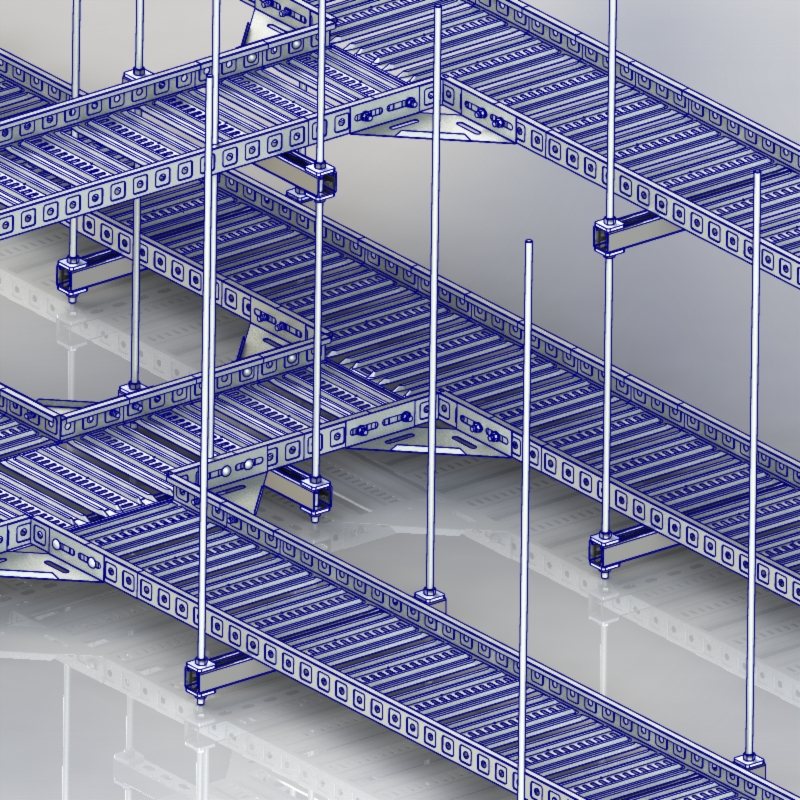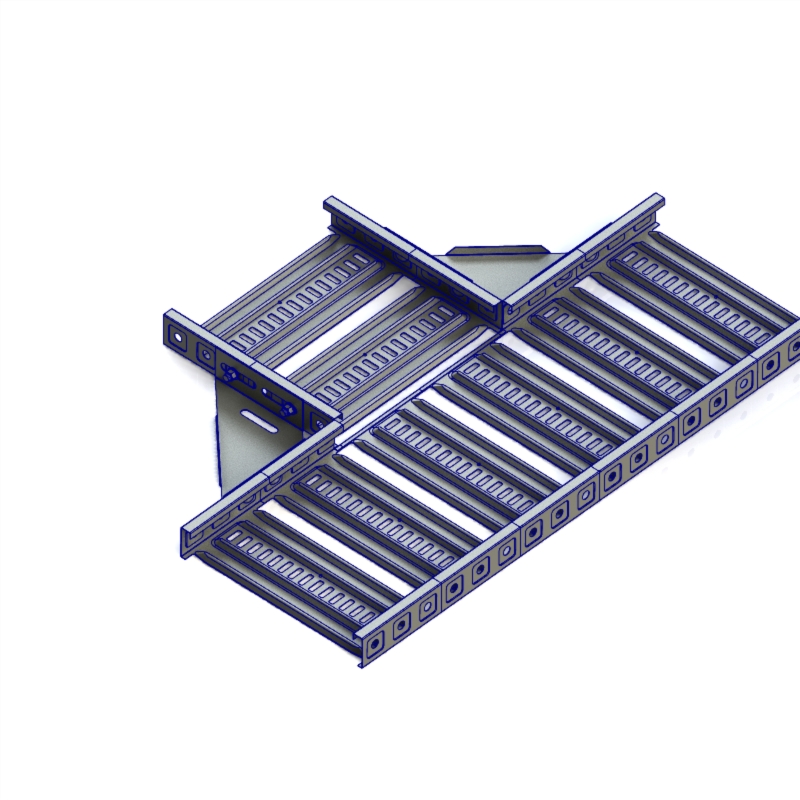Is a cable tray a wireway?
Cable Tray vs. Cable Trunking: Critical Distinctions for Procurement Professionals
A Selection Guide for Industrial & Building Electrical Integration
In electrical infrastructure procurement, confusing Cable Trays with Cable Trunking may trigger project cost overruns and installation failures. As decision-makers, understanding their fundamental differences is paramount for risk control.
I. Structural Divergence Dictates Application
Cable Tray: Industrial-grade open structures (ladder/mesh type) or semi-enclosed tray systems, bearing capacity >500kg/m. Core value lies in high load-bearing, superior heat dissipation, and easy maintenance – ideal for power cables in data centers, power plants, and petrochemical facilities.
Cable Trunking: Building-level enclosed PVC or thin-steel channels, capacity typically <50kg/m. Designed for concealed routing and basic protection, suitable only for lighting/low-voltage circuits in offices or malls.
II. Costly Procurement Pitfalls
Misjudged Protection Levels
Open trays (IP30) used in chemical plants accelerate cable corrosion (>30% lifespan reduction);
Trunking (IP54) cannot replace trays’ impact resistance in heavy machinery zones (require IEC 61537 Category C certification).
Load Capacity Mismatch
A port project incurred ¥800k rework costs after trunking collapsed under high-voltage cables. Procurement must verify:
Trays: Third-party load test reports (ASTM D638/GB/T 2951.11)
Trunking: Dynamic load rating (≥1.5x safety factor in vibrating environments)
III. Data-Driven Procurement Framework
Parameter Cable Tray Threshold Trunking Threshold
Cable Diameter ≥20mm ≤10mm
Circuit Amperage ≥250A ≤63A
Ambient Temperature -40℃~120℃ (galvanized) -5℃~60℃ (PVC)
Seismic Requirement Mandatory in Zone 9 Prohibited in seismic structures
Procurement Action Plan:
Demand application scenario declarations from suppliers (explicit tray/trunking scope)
Require BIM load simulation for trays (deformation < L/200 under actual cable layout)
Trunking orders must include fire certification (GB 8624 B1 mandatory for civil buildings)
Conclusion: Cable trays are the “steel highways” of industrial power transmission, while trunking serves as “plastic sidewalks” for building wiring. Procurement must establish a technical evaluation system centered on load, environment, and lifespan to prevent supply chain risks caused by conceptual confusion.
→ For all products,services and up to date information,please contact us.

